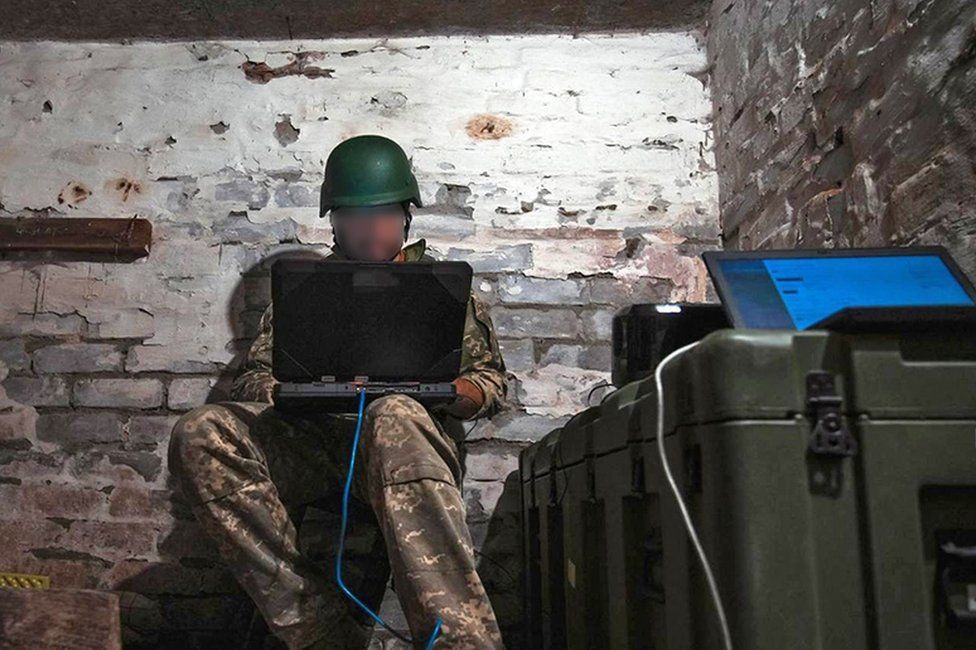Sambandh Scholars Speak, part of the Sambandh: Regional Connectivity Initiative, is a series of blog posts that feature evidence-based research on South Asia with a focus on regional studies and cross-border connectivity. The series engages with authors of recent books, articles, and reports on India and its neighbouring countries. This series is edited by Nitika Nayar, Research Analyst at Centre for Social and Economic Progress (CSEP). All content reflects the individual views of the authors. The Centre for Social and Economic Progress (CSEP) does not hold an institutional view on any subject.
In this edition of Sambandh Scholars Speak, Mahesh Kushwaha interviews Jeevan R. Sharma, Senior Lecturer in South Asia and International Development at the Department of Social Anthropology and Co-Director, Centre for South Asian Studies, University of Edinburgh, on his book, Crossing the Border to India: Youth, Migration, and Masculinities in Nepal, published by Temple University Press in 2018.
Nepal shares a long and open border with India. Though the 1950 Peace and Friendship Treaty between India and Nepal laid the foundation for the “unrestricted” cross-border movement of goods and people, the history of migration from Nepal to India predates the treaty. During the 18th century, Nepali workers migrated to India to work in tea plantations, on construction sites, and as porters in the colonial period. Most studies on the India–Nepal border and cross-border migration focus primarily on the economic aspects of the phenomenon, portraying the migration of Nepali workers to big Indian cities such as New Delhi, Mumbai, and Kolkata merely as a means to support their families back home.
Sharma’s book offers a more nuanced analysis of this migration, which he sees as “young men’s strategic responses to livelihood insecurities…shaped not just by wage differentiation and economic calculation but also by a complex set of gendered sociocultural considerations, particularly relating to ideas of modernity and masculinity” (p. 81). In other words, young men in the hills often see migrating to India as “a rite of passage to adulthood” (p. 87). It is a process that generates income for their families and elevates their masculinity and social status. Nevertheless, the process, which includes crossing the border, finding jobs, and adjusting to harsh living conditions in India, disciplines them into docile workers and often exposes them to different risks. This leads them to renegotiate their understanding of masculinity and engage in the consumption of modern goods, images, as well as substances and other risky behaviours.







/cdn.vox-cdn.com/uploads/chorus_image/image/72502207/SimoneVirgini_Vox_AIGovernance.0.jpg)
:quality(70)/cloudfront-us-east-1.images.arcpublishing.com/archetype/QV3727GBHFB65D5653NUPZPR2U.jpg)


